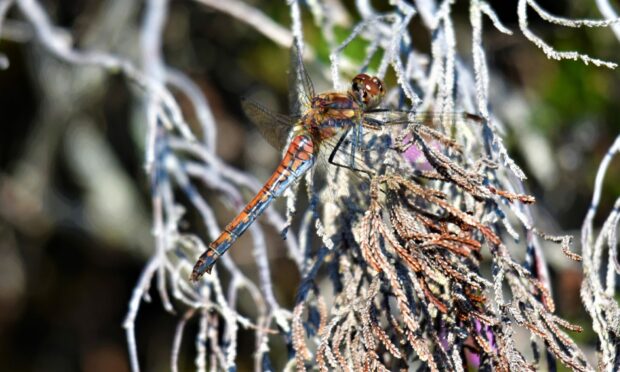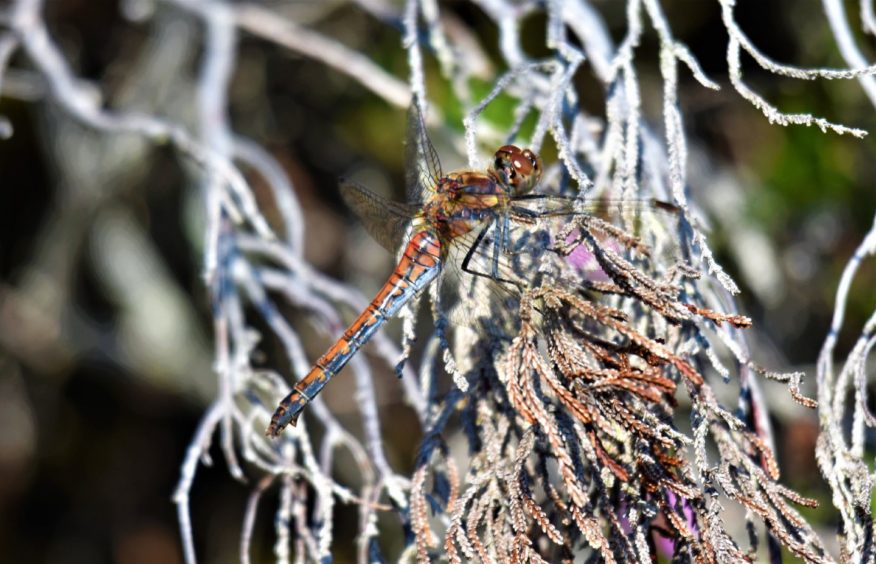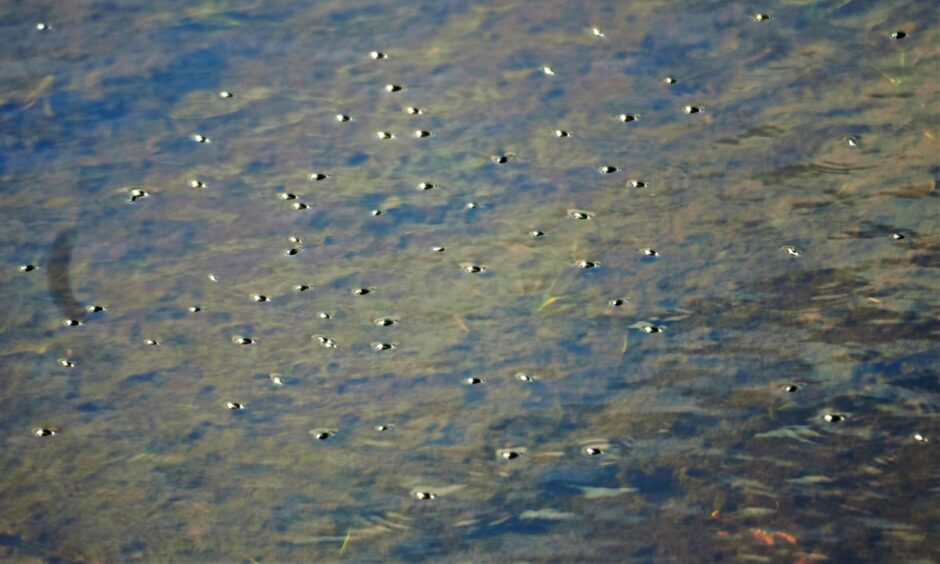In the vast arena of this Torridon glen, one would have thought that soaring golden eagles and herds of grazing red deer would have drawn my attention: the big beasts, the ones we all yearn to see.
Instead, my eyes were continually attracted by the sparkling burns and tarns, for they were overflowing with vibrant life, smaller and less noticeable than the iconic creatures, yet with a pull as equally as strong.
It was the dragonflies that first drew me in, patrolling along damp flushes and small peaty pools by the track margin of this impressive glen, flanked on one side by mighty hulk of Liathach, and further down by the towering three-peaked massif of Beinn Alligin.
The dragonflies were common darters, fast-moving creatures, the scarlet abdomens of the males glinting in the early September sunshine.
Their aerial agility was astounding; fast surges of forward speed, then slowing to a near hover, before zipping away in a right-angled change of direction as they sought out small flying insects to hunt down.
Late season
Darter is such an appropriate name – on sighting a prey item, it will dart forward to quickly pluck it out of the air.
Common darters are typical late season dragonflies, on the wing until the end of October.
Darters can often be found resting by track edges, their wings angled towards the sun to keep warm.
In a nearby peaty pool, I noticed a strange commotion on the water’s surface, a multitude of crazy black dots whirling around like little dodgem cars.
They were whirligig beetles, spinning frantically over the surface in ever-decreasing circles.
Whirligigs are fascinating creatures, each one buoyed up by a little silver air bubble, while the divided compound eyes enable them to see above and below the water simultaneously.
Whirligigs prey on insects and other mini-beasts that fall upon the water’s surface, and I wondered whether this group of beetles were swirling about as a feeding strategy, or perhaps this was a mating congregation.
I soon reached a silvery tarn where the concentric ripples of rising brown trout peppered the water’s surface.
Attractive
For me, the brown trout is one of our most attractive creatures, a fish with a remarkable range of colours – a feast of vibrant hues and nuances accompanied by a sprinkling of striking blood-red spots.
The burn which the tarn fed into below was tumbling in nature with small waterfalls and other rocky obstructions, which made me to start of ponder. How did these trout reach the tarn?
Were they able to negotiate all these natural obstacles in the burn and run freely up and down the water course, or was this a population left isolated as a relic from the last Ice Age?
If the latter, then presumably these tarn fish are now genetically unique compared to other trout populations?
I enjoy such natural conundrums, especially since the answers usually remain tantalising elusive. With such wild thoughts buzzing through my head, I strode on towards Beinn Alligin.
Info
While common darters are often found by ponds, they can wander far, and are frequently found in areas away from water.












